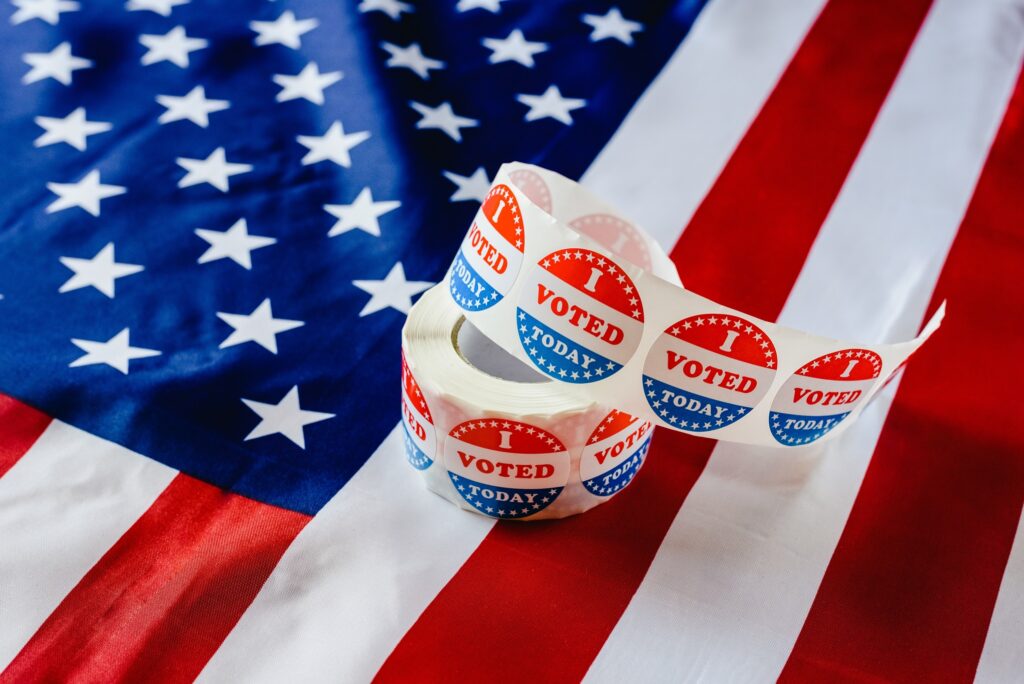California legislators consider self-driving vehicles and the need for Prop 103 reform
Proposition 103—California’s restrictive regulatory regime for insurance—may need a few tweaks as fewer and fewer cars on the road have human drivers. During a March 8 informational hearing, members of the California Senate Insurance Committee heard from a panel of experts about the future of self-driving technologies and their likely impact on California’s insurance market.
Since Prop 103 passed in 1988, Californians’ auto-insurance rates have been dictated by a hierarchy of rating factors tied directly to drivers’ experience. These so-called “mandatory” factors include the driver’s safety record, their annual mileage driven and their years of driving experience. While other rating factors exist, they cannot be weighted more heavily than the three mandatory factors.
The problem with this state of affairs was immediately apparent to the committee members hearing testimony. As vehicles begin to drive themselves, and human interaction with the driving process declines, the Prop 103 formula for insurance rates increasingly will become divorced from reality.
That’s going to be a problem for drivers. Prop 103—in what is characterized by its author and principal beneficiary, Harvey Rosenfield, as an effort to “protect consumers”—was designed to ensure that it is exceedingly difficult to change rates. Subsequent regulatory developments have had a further chilling effect on insurers’ willingness to even file for rate changes.
As a result, even though self-driving vehicles will, in all likelihood, be safer than today’s human-driven vehicles, the law’s predictable effects will be to “protect” Californians from those lower insurance rates. That is an odd approach to consumer protection.
Rosenfield, who testified at the hearing with camera crew and orange caution cone in tow, was adamant that, so long as drivers face any liability at all, Prop 103 will still be necessary. This line of reasoning surprised state Sen. Tony Mendoza, D-Artesia. The committee’s new chairman responded to Rosenfield’s testimony by noting astutely that “strict adherence to Prop 103 does not fit” with self-driving vehicles.
While Rosenfield was unmoved by reason, testimony offered by the California Department of Insurance struck a more moderate tone. Deputy Insurance Commissioner Chris Schultz told the committee that the department believes Prop 103 works, for now, and that no immediate changes are needed. The basis for his contention was that, if a manufacturer were to release an autonomous vehicle today, the industry would have the ability to insure it using the Prop 103 structure.
Toward that end, the department posited that the state’s experience overseeing the products developed to cover transportation network company vehicles could prove instructive. Under that framework, policies have different “periods” that relate to qualitatively different activities, each with different coverages and coverage limits. In the context of self-driving vehicles—in which drivers will be switching between automated modes and human-piloted modes—the appeal of activity-specific coverage is clear.
Fortuitously, a study related to the way the TNC system has worked in California will be forthcoming this summer. It will be interesting to see if the department will take a leadership role in applying its findings to self-driving vehicles, given that a period-specific approach still likely would require either tweaks to Prop 103, or a creative application of its class plan or affinity group provisions.
At the hearing’s end, it was apparent that there are widely divergent perspectives on the impact that self-driving vehicles will have upon arrival, but there was a near-consensus that Prop 103 is not ideally suited to the reality posed by the technology. Whether characterized as “changes” or “tweaks,” a departure of some kind from Prop 103’s status quo now seems inevitable.
Though Mendoza is new to the issue, he offered what might be the most pressing question of all: “do we (need to) look at a product outside of Prop 103?” Without a doubt, the answer to that question is yes. It’s time to look both outside—and beyond—Prop 103.
Image by PP77LSK







